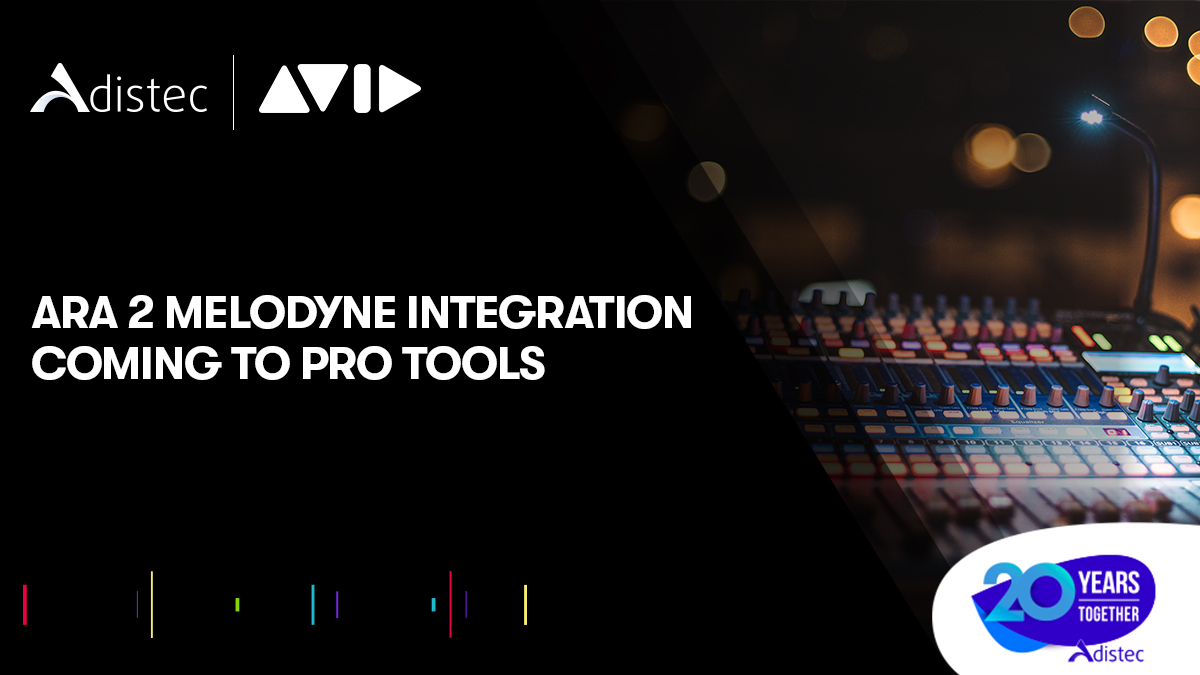
Our initial implementation of ARA with Pro Tools utilizes Celemony’s powerful pitch-and-time solution, Melodyne. The primary workflow benefit from this implementation lies in the deep integration with Pro Tools, which removes the necessity to round-trip audio, therefore creating a more holistic experience for the user. Pro Tools is like a massive Swiss Army knife when it comes to both the sheer number of workflows and the varied types of users we support, so enabling users to choose how to work with this powerful tool was paramount in how we integrated ARA. Melodyne can be applied to entire tracks at once or simply used in a clip-by-clip manner. It can serve as an alternative elastic audio plugin on analyzed or edited clips when working with Tick based audio. No matter how you interact with it, the Melodyne user interface is now conveniently docked in the Pro Tools Edit window, and new commands have been added to the Track and Clip menus along with respective contextual menus.
It should be noted that a current, licensed, and working version of Melodyne is required for Melodyne ARA 2 to work in Pro Tools. Melodyne 5 essential is installed with all paid versions of Pro Tools (both active subscriptions and current perpetual licenses). And if you have a license for any higher tier of Melodyne (for example Melodyne Studio), the new ARA 2 version of Melodyne installed by Pro Tools in the upcoming release will automatically update your higher tier and unlock additional functionality and features.
While Melodyne can be used on a clip-by-clip basis, a track-based approach can be utilized when edits need to be applied to an entire track (similar to the Elastic Audio approach). Visual cues have been included to allow the user to know which clips have been edited via ARA/Melodyne. Any clip that has been analyzed or edited by Melodyne via ARA will feature a Melodyne badge, in addition to the horizontal lines, which represents the analysis data.
The implementation of ARA into Pro Tools required a large amount of information architecture and significant design considerations. A new docked tab system was developed to house Melodyne and any future ARA implementations and lives where the docked MIDI editor originally resided. It is a scalable, tabbed user interface, which houses not only the Melodyne tab, but also the newly tabbed MIDI editor and a tab for Clip Effects. This extensible tab system will grow over time and will allow new features and functionality that might otherwise prove difficult to house elsewhere. Understanding these basics of the Melodyne ARA 2 implementation provides the user an excellent starting canvas for the many different types of workflows and creative choices. From quick vocal tuning or creating harmonies, to re-voicing instruments, rhythm timing fixing, and so much more.
Contact us: avid_info@adistec.com